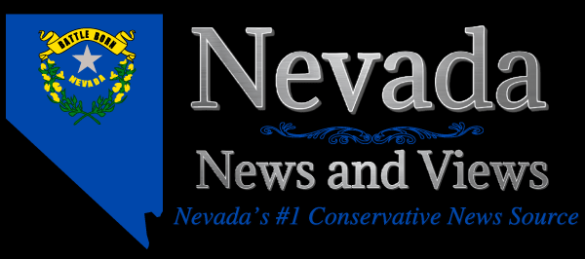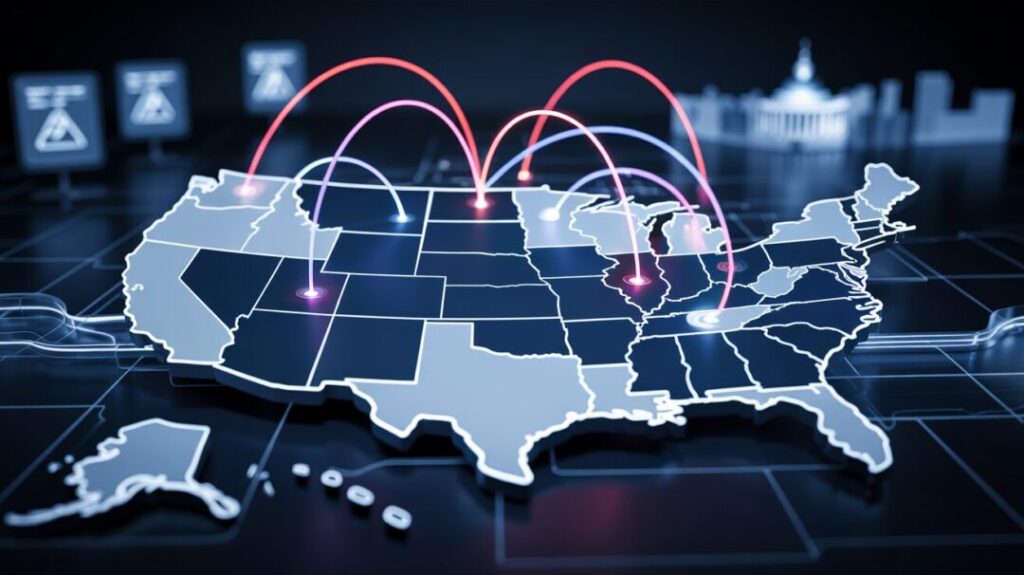In the middle of a federal shutdown, 12 Republican governors have quietly launched a new plan: share health data across their states without relying on Washington’s CDC.
They call this idea a version of “conservative federalism” – trusting states closer to the people rather than a distant, shaky bureaucracy.
The move may sound a little wild, but this shutdown has real stakes for states like Nevada, whose economy depends on smooth public health and open travel.
Bureaucrats Stalled — Leaders Moved
Since October 1, many federal operations deemed “nonessential” have been halted because Congress hasn’t passed new funding.
That includes big chunks of the Centers for Disease Control and Prevention. The CDC can’t reliably track outbreaks, monitor vaccine data, or coordinate emergency response.
In response, 12 GOP-led states announced a health data pact on October 15.
The pact lets states share live alerts, vaccine reports, and disease trends directly with one another – without waiting for Washington to step in.
Instead of broad mandates or federal directives, it gives states the tools to act locally.
Opponents warn it could lead to inconsistent policy or weaker standards – but governors behind the pact argue that D.C. has already shown how it mismanages crises.
How Nevada Fits In
Nevada’s economy leans heavily on tourism – and disease outbreaks can shut down travel.
In 2024, more than 52 million people visited Nevada, spending about $56.8 billion in the state. The Las Vegas area alone welcomed roughly 41.7 million visitors last year, up 2.1 percent from the prior year.
If an illness starts in California and spreads along Interstate-80 into Reno, or follows I-15 toward Las Vegas, having data systems that talk to each other could catch it earlier.
It would give Nevada a chance to act – protect its casinos, hotels, and convention centers – before things spiral.
Some modeling from states in the pact suggests that faster detection could cut response time by as much as 48 hours in interstate health threats.
If is could help prevent a mass cancellation of events, it would have big implications for Nevada’s cash flow.
Different Playbooks, Similar Goals
Critics of this plan warn that states might disagree on reporting standards or how aggressive they act.
If one state downplays a threat while another sounds an alarm, people could be confused.
And without a strong federal backstop, smaller or poorer states may lag. Not all states have equal lab capacity or public health infrastructure.
Democratic governors recently launched their own public health alliance on the same day, October 15.
Their stated goal: restoring centralized coordination, shared science, and consistent messaging.
They argue that patchwork state systems risk unequal protection.
Still, in the eyes of many conservatives, the red-state pact shows an alternative path: states acting independently instead of waiting for Washington to figure things out.
This regional health network is not a perfect fix – but it’s a bold move by governors who feel Washington can’t be trusted to manage every crisis.
The opinions expressed by contributors are their own and do not necessarily represent the views of Nevada News & Views. This article was written with the assistance of AI. Please verify information and consult additional sources as needed.



